
At the end of 2021, Transport Canada released a guide giving a breakdown of the reporting requirements of incidents involving dangerous goods (TP15294). Below you can read a brief summary highlighting what you need to know.
It is very important to note that the 29-page guide is not a legal document, and definitely not a substitute for the regulations. It is rather a simple tool to help better in the understanding of an individual’s / company’s regulatory requirements and the steps that need to be taken in the event of a release, or potential release of dangerous goods. In addition, this guide is helpful for the reporting requirements in the event of theft and lawful interference of dangerous goods products. The understanding and clarification of some regulatory terms are also listed, including the steps to take when reporting, especially the important information to report during air transportation. This helps with understanding Part 8 of the Transportation of Dangerous Goods Regulations (TDGR).
This guide starts with a very useful section defining and giving brief explanations of the key terms found in the regulation. An example from the guide: what does it mean when a rail line is closed (timeframe being very important)?
“In the transport of dangerous goods, a railway line is considered closed when movements are impossible for any period of time (whether for a few minutes, a few hours or a few days) due to a release or anticipated release of dangerous goods.”
Another great aspect of this guide is how it makes a clear distinction between certain terms. For example, undeclared or misdeclared dangerous goods by air. Now – what’s interesting is, a report is only required to CANUTEC if the item was detected after acceptance, and not when errors are caught during security screening or review prior to acceptance. The report is required to be defined as undeclared or misdeclared, examples listed:
- “Examples of undeclared consignment:
- Hair spray or perfume in a ‘care package’ after it’s been accepted by the carrier.
- Examples of misdeclared consignment:
- Shipment containing a battery charger and lithium batteries (declared as UN3481, LITHIUM ION BATTERIES PACKED WITH EQUIPMENT instead of UN3480, LITHIUM ION BATTERIES).”
Furthermore, the adding of flow charts is a great touch and makes it easy to clear a path to understand when to submit a report. The other types of reports mentioned in the guide are for theft and unlawful interference with shipment and what exact information will be required.
Overall, I am very pleased to see such a guide, especially since the removal of explanatory text in 2019 when the regulation was moved to the Justice Canada website.
To see the full guide, click here.
Stay up to date and sign up for our newsletter!
We have all the products, services and training you need to ensure your staff is properly trained and informed.
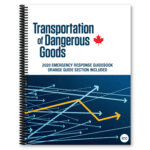 Canadian TDG Publications |
 Shipping Dangerous Goods by Ground in Canada |
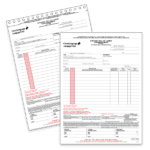 Bill of Lading – Canada |

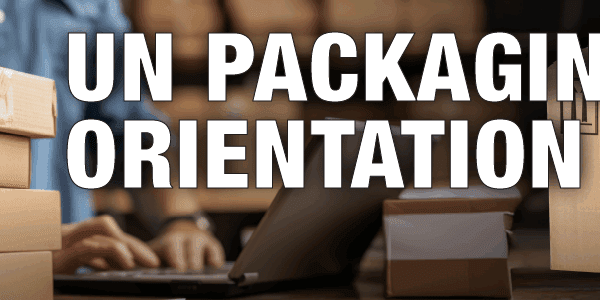
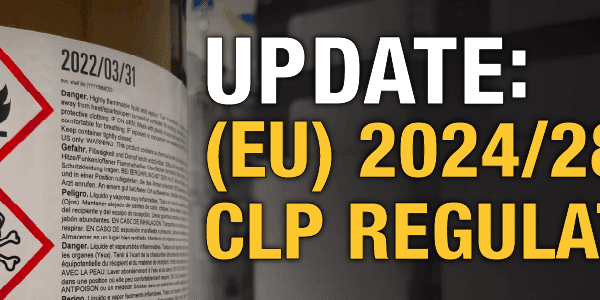
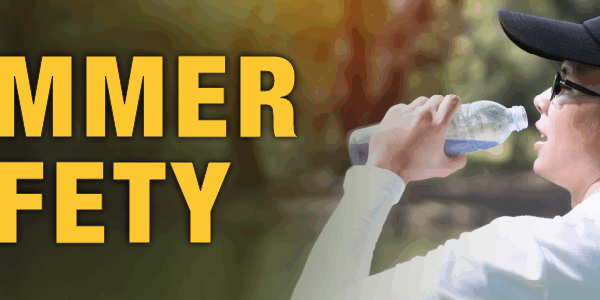


 ICC USA
ICC USA ICC Canada
ICC Canada